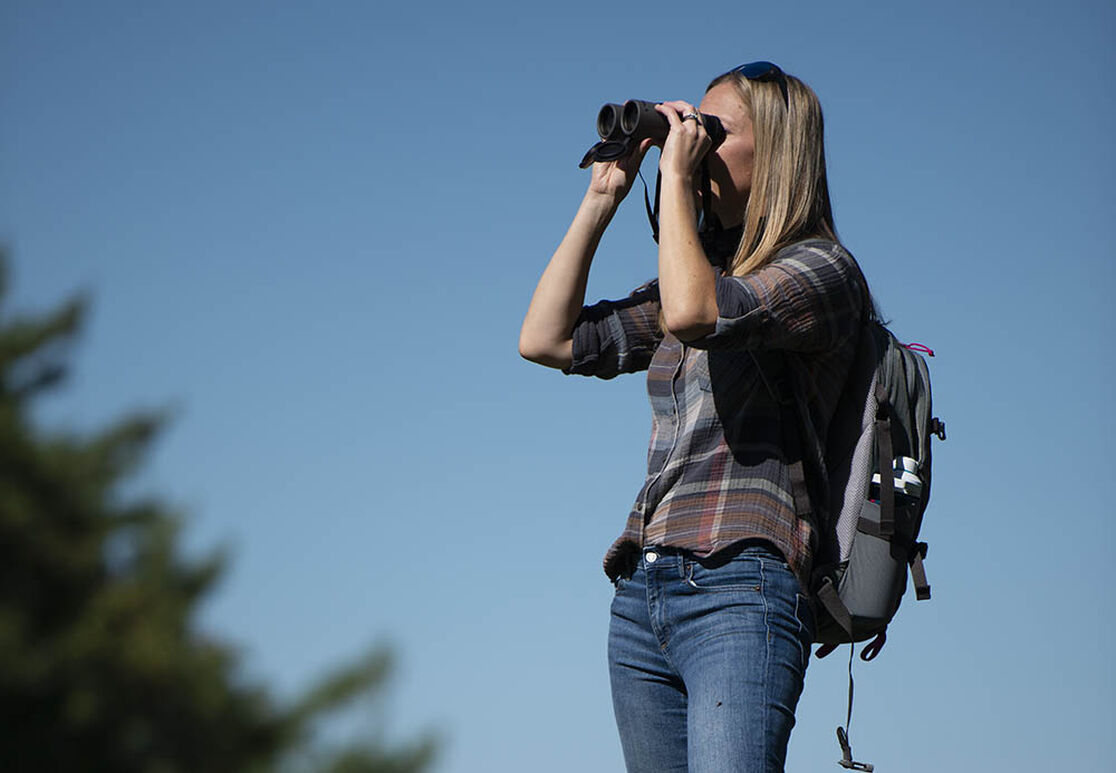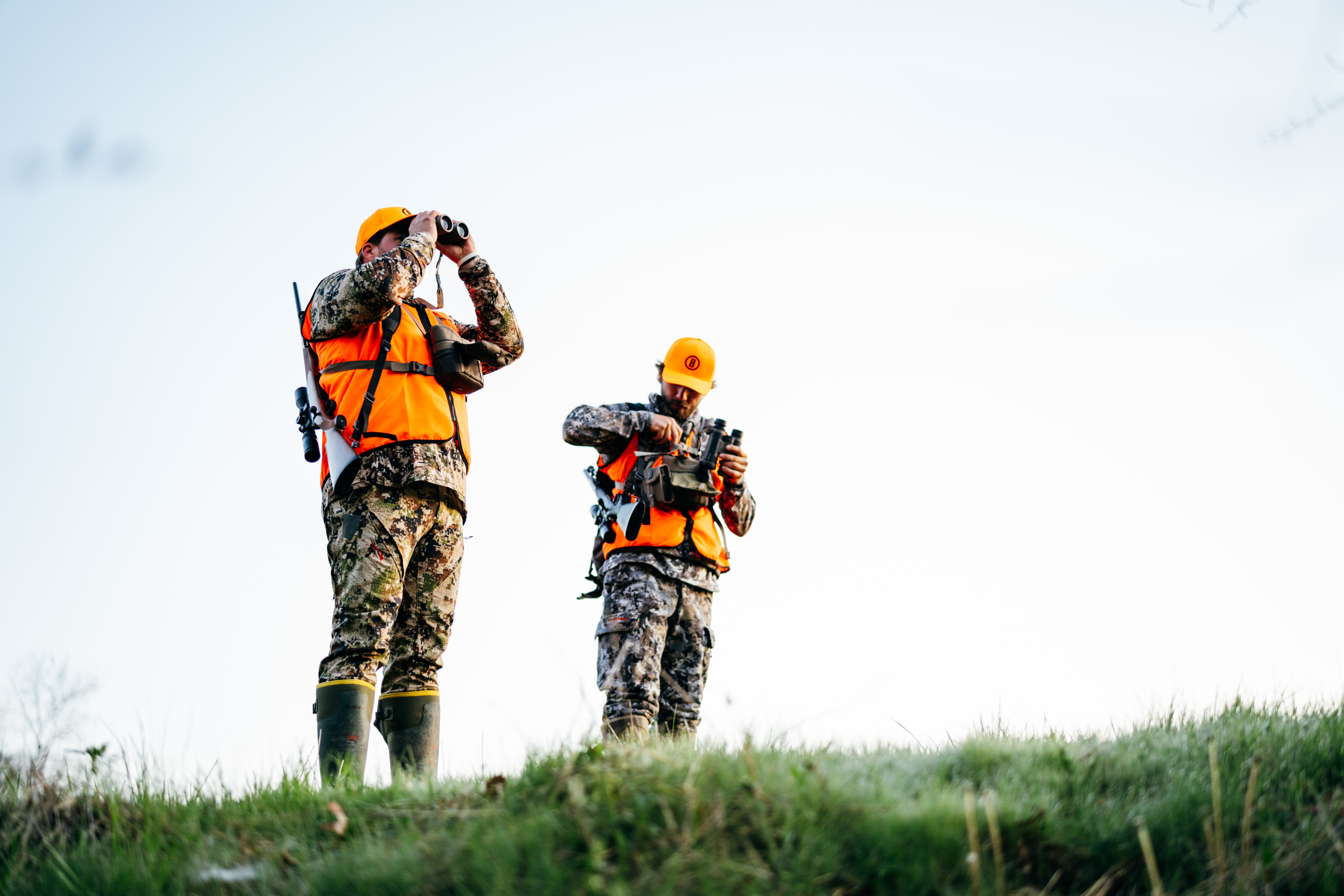Binoculars are a basic, yet important, tool for hunters.
A primary purpose of binoculars for hunters is to magnify the scene, to enlarge an isolated picture of the landscape to spot and evaluate game animals. Of course there are other benefits, such as evaluating terrain, picking a route for travel, viewing other wildlife, checking birds off your life list, and so forth.
That isolated picture within the confines of the binocular changes as you scan left to right, up and down, but your focus is contained within that circular frame of the binocular lenses. And what you see in that circular frame is the field of view provided by your binocular.
But not all fields of view are equal. Some binoculars have a wide field of view, some have a narrower field of view.
So which is better for hunting?
“Ultimately, it depends on your application,” said Vic Ziliani, communications coordinator for Bushnell. “But the greater the field of view, the easier to spot targets or game.”
Generally, a wide field of view makes it easier to spot animals without scanning or moving your binoculars, simply because they take in a wider section of the landscape. Same goes for tracking a moving animal—you can follow its movement farther within that circular frame of vision without shifting the binocular.
Field of view is a product of the diameter of the objective (front) lens in relation to magnification, plus other design and structure factors.
But the general rule of thumb is the larger the magnification, the less field of view you will have. You’ve probably seen it in variable-power optics like spotting scopes. When you increase the magnification power, you see less of the area in front of view. Detail is magnified, of course, but the target area shrinks.
Binocular field of view is measured by the manufacturer in feet at 1,000 yards, meaning the width of your field of view if you were to measure it 1,000 yards away. Always refer to the field of view number, usually abbreviated to FOV, when comparing binoculars for purchase. (By the way, riflescope FOV is measured in feet at 100 yards.)
For instance, Bushnell’s Forge 8x32 binocular has a field of view of 426 yards (so, at 1,000 yards from where you are viewing, what you can see in the circular binocular frame measures 426 yards edge to edge.) But in the Forge 15x56 binocular the FOV is 235 yards, a narrower FOV as a result of nearly twice the magnification as the 8x32 binocular.
Also, you should compare clarity of the image provided through the binoculars. Hold the binoculars still and examine how clear the image is along the perimeter, the outer edge. On binoculars with lower quality lenses, the image may appear blurry or fuzzy the farther from the center you view.
Viewing tip: When scanning a large area for, say, a trophy buck, hold your binocular steady and search the landscape within the FOV image from side to side, top to bottom, by moving your eyes; then move your binocular to cover the adjacent area and repeat. This will cause less eyestrain than keeping your eyes focused on the center of the FOV as you move the binocular back and forth, up and down, to cover the same area. Less eyestrain means more comfortable viewing sessions, and less headaches.

JOE ARTERBURN
A journalist by profession and hunter by inherent inclination, Joe Arterburn has more than 35 years of experience as a writer and in the outdoor industry. He is a freelance writer for major outdoor publications, including Petersen’s Hunting, Outdoor Life, Hunter’s Handbook, Gun Digest and Gun Dog, as well as online publications.
This article was originally published for the International Hunter Education Association (IHEA). Bushnell is a proud sponsor of the IHEA and continuing the heritage of hunting worldwide by developing safe, responsible, knowledgeable and involved hunters.



